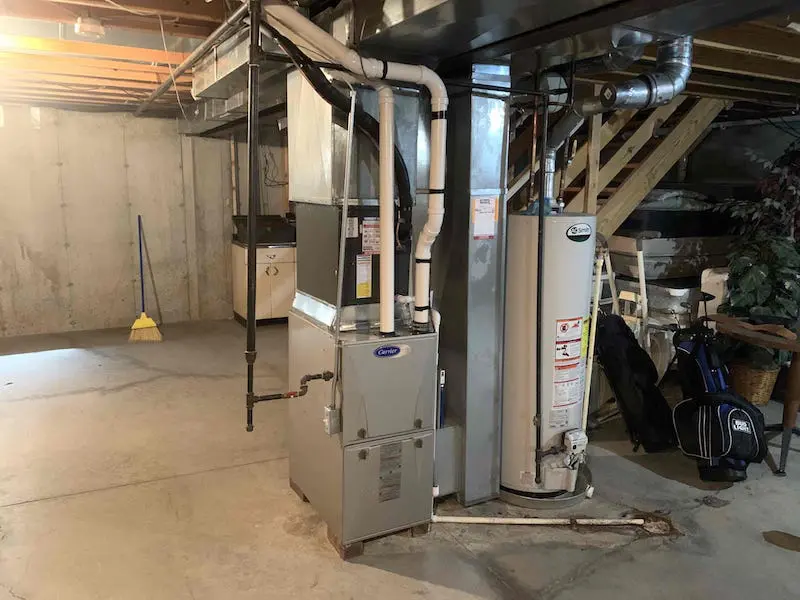Choose the best HVAC company for your home's climate control needs
Choose the best HVAC company for your home's climate control needs
Blog Article
The Ultimate Guide to Furnace Setup for a Cozy Home
Heating system setup is a critical element of maintaining a comfy home environment, specifically throughout the chillier months. As you take into consideration these variables, the inquiry stays: what actions can you take to guarantee your heating system serves you well for years to come?
Kinds Of Heaters

Gas heaters are one of the most typical option because of their effectiveness and reduced operational prices. They use natural gas or lp, offering fast home heating and regular performance, making them excellent for chillier environments.
Electric furnaces, while usually less complicated to mount and keep, tend to have higher functional prices. They are typically preferred in locations where gas solution is not available or for homes with existing electrical facilities.
Oil heating systems, though much less typical today, stay a feasible alternative in particular areas. They melt home heating oil, which can be helpful throughout colder months, but their dependence on oil shipment postures possible obstacles.
In addition, there are high-efficiency versions available across these types, which can substantially lower energy usage and energy costs - furnace installation. Eventually, understanding these furnace kinds will help home owners pick a system that straightens with their home heating needs, budget, and energy choices
Picking the Right Size
Choosing the appropriate dimension for a furnace is important to making sure ideal performance and power effectiveness. A small heater will battle to preserve comfortable temperature levels during the cold months, bring about enhanced wear and tear, greater energy costs, and potential system failing. On the other hand, an oversized heating system may cycle on and off as well frequently, causing inefficient home heating and uneven temperature level distribution within the home.
To figure out the appropriate heater size, an estimation referred to as the Guidebook J load computation should be done. This procedure assesses numerous elements, consisting of the square video of the home, insulation degrees, window sizes, and neighborhood climate conditions. This thorough analysis makes sure that the heater meets the certain home heating demands of the area.

Installation Refine Overview
In regards to products, you will need ductwork, insulation, and securing tape to guarantee optimum air flow and power efficiency - furnace installation. It is likewise crucial to have a new heater filter handy, together with venting products, such as PVC pipeline or steel flue, relying on the sort of heating system being installed
Safety devices, consisting of see here now handwear covers, goggles, and a face mask, is also vital to safeguard against dirt and particles throughout setup. Having all these devices and materials readily available not just improves the process yet also enhances the security and performance of the furnace setup.
Upkeep Tips for Longevity
To ensure the longevity of your furnace, it is essential to execute a regular maintenance schedule that attends to vital components of the system. Begin by replacing or cleaning up the air filter each to 3 months, as a stopped up filter can limit air movement and reduce effectiveness. In addition, examine and clean find more the blower assembly to protect against dirt accumulation that can prevent performance.
Next, examine the thermostat setups and recalibrate if required to make sure exact temperature law. Check the ductwork for leaks or clogs, as this can bring about power loss and unequal heating. Consistently lube the electric motor and bearings according to the maker's suggestions to lessen wear and tear.
Expert evaluations ought to occur each year, where a certified specialist can analyze the check furnace's overall condition, look for gas leakages, and make certain that security attributes are working appropriately. Finally, think about setting up a programmable thermostat to optimize energy use and maintain regular home temperatures. By taking on these maintenance methods, you can enhance your heating system's efficiency, extend its lifespan, and ultimately enjoy a comfy and comfy home environment.
Verdict

Report this page